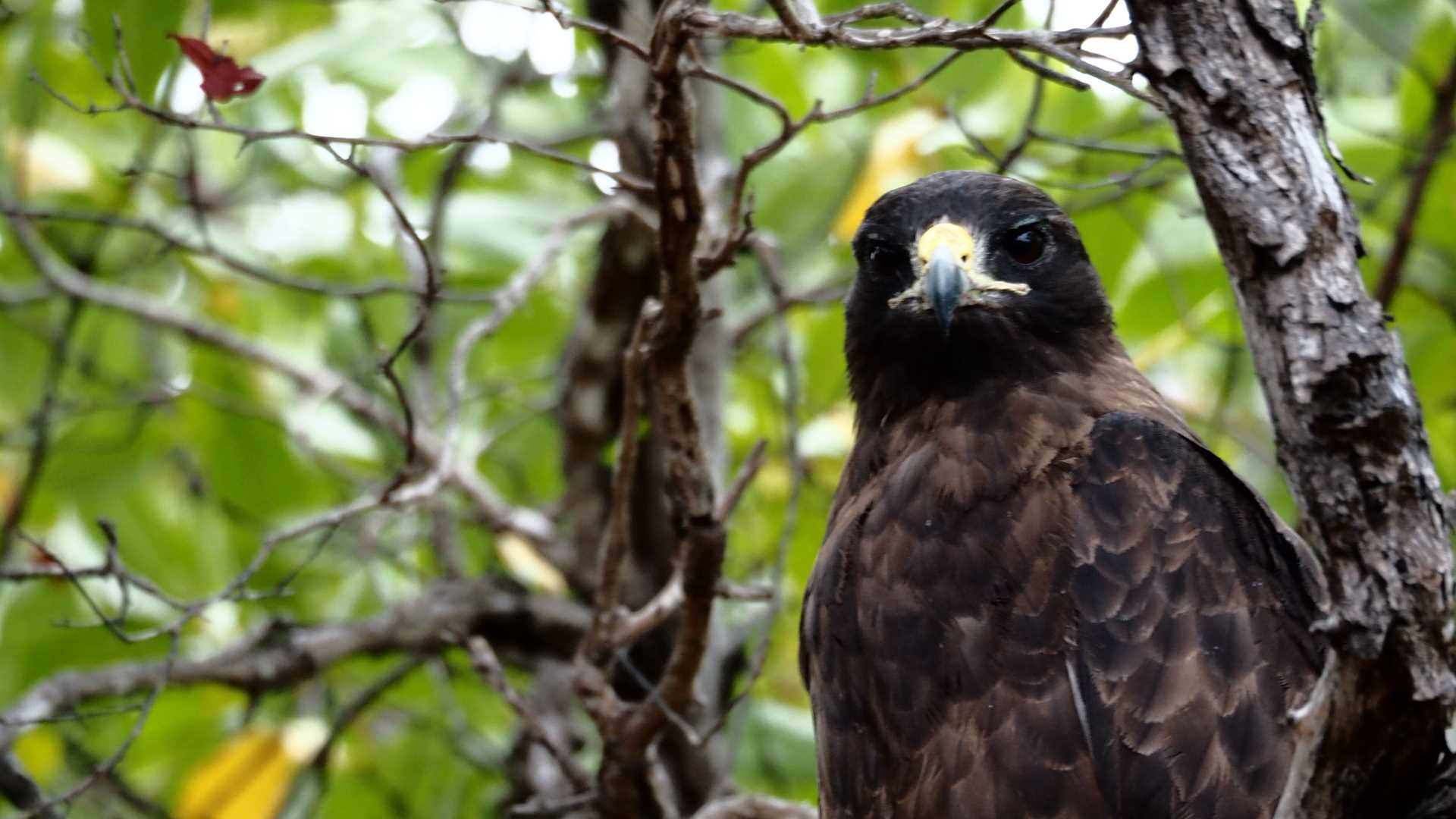Santiago Island, also known as James Island, is near the center of the Galápagos archipelago. Located in the Pacific Ocean about 600 miles (965 kilometers) west of mainland Ecuador, it is the fourth-largest island in terms of land area.
Today we first visited Espumilla beach; we had a pre-breakfast walk along this vibrant place, including some great photo opportunities. Next we navigated to Buccaneer Cove for our water activities. Buccaneer Cove (also referred to as “Point” or “Bay”) is located on the northeastern coast of Santiago Island. This site has historical significance, as it was once a popular anchorage for pirates and whalers during the 17th and 18th centuries. With our guests today we explored its eroded shoreline, caves, and towering cliffs. The area is home to various seabirds, including blue-footed boobies, Nazca boobies, and pelicans. We also observed the mind-blowing geological formations here. After kayaking and snorkeling with sharks, manta rays, sea lions, sea turtles, and many colorful fishes, we headed back to the ship to enjoy a delicious lunch.
In the afternoon we visited Puerto Egas, or James Bay, a popular visitor site on the western coast of Santiago Island. It is known for its fascinating volcanic landscapes, including lava formations, tide pools, and dark sand beaches. Our guests experienced an array of wildlife, such as Galápagos fur seals, marine and land iguanas, and sea lions. We also spotted a variety of bird species like the Galápagos hawk, Galápagos dove, and lava heron. This area offered the opportunity for snorkeling and swimming as well.
In addition to the amazing wildlife, Santiago Island has an interesting human history as well; today was the perfect day to combine both subjects. This is the island where Charles Darwin spent the most time, and the only island with fresh water that was never successfully inhabited.
What a wonderful day we had in the islands!







